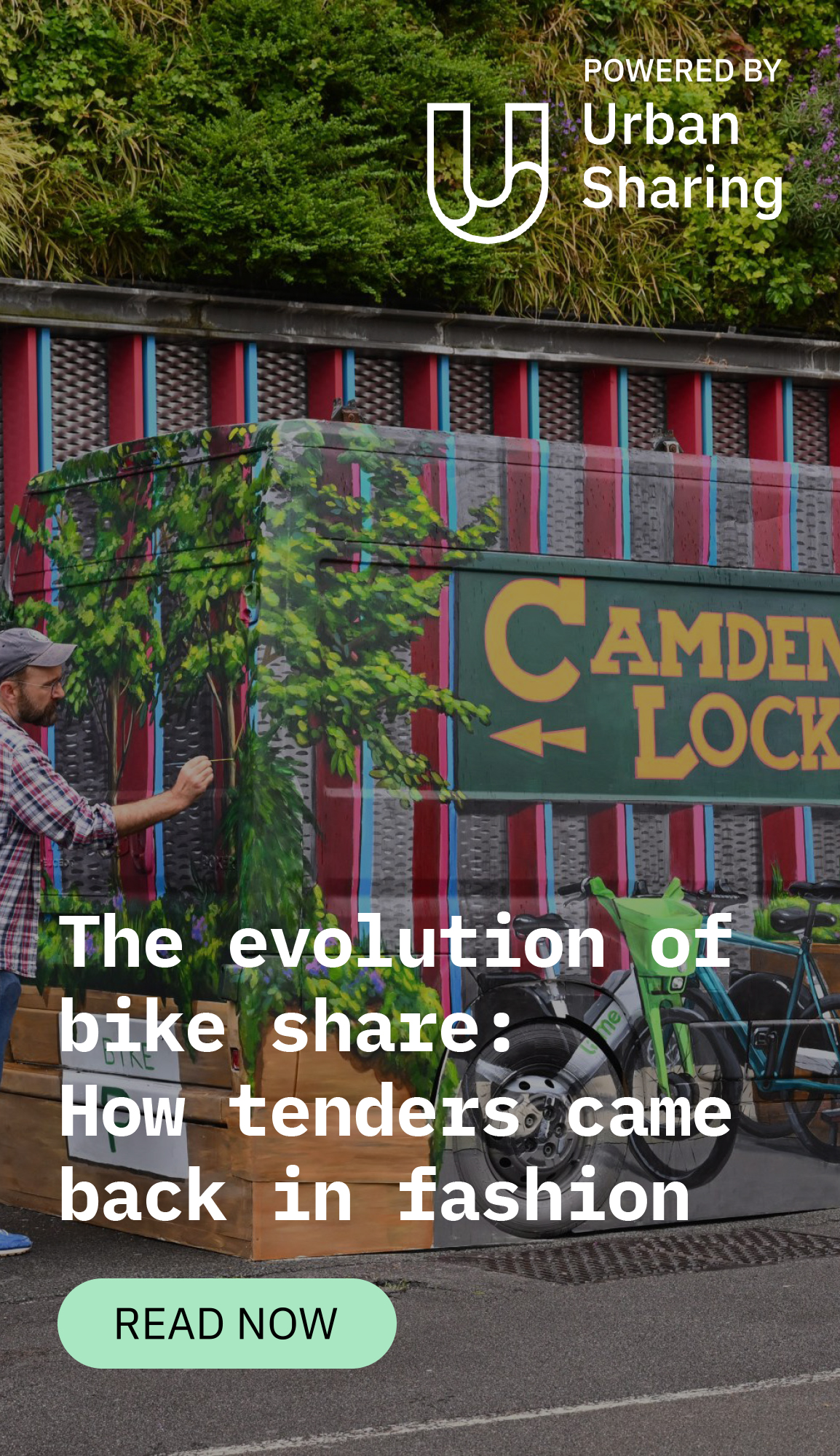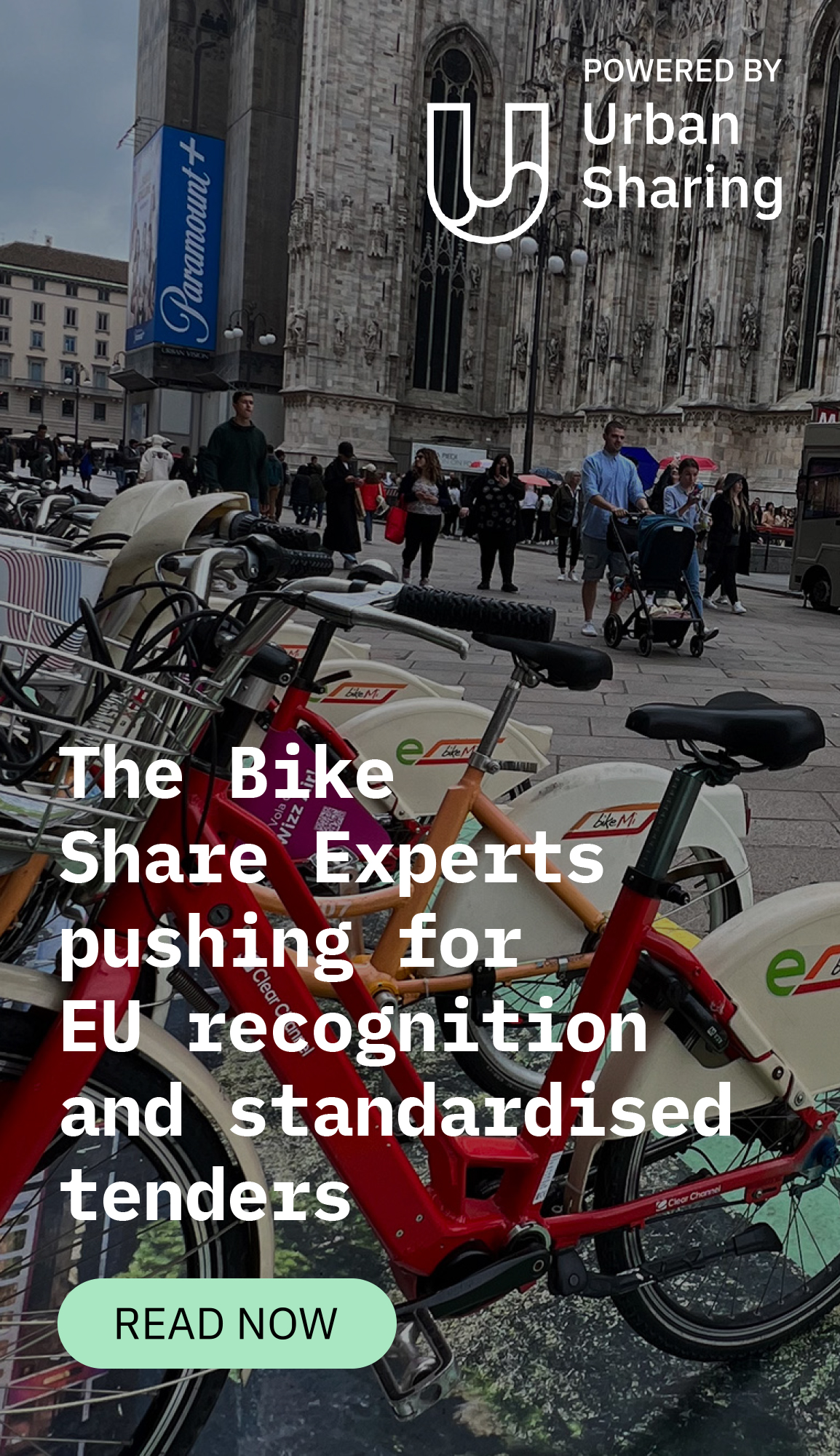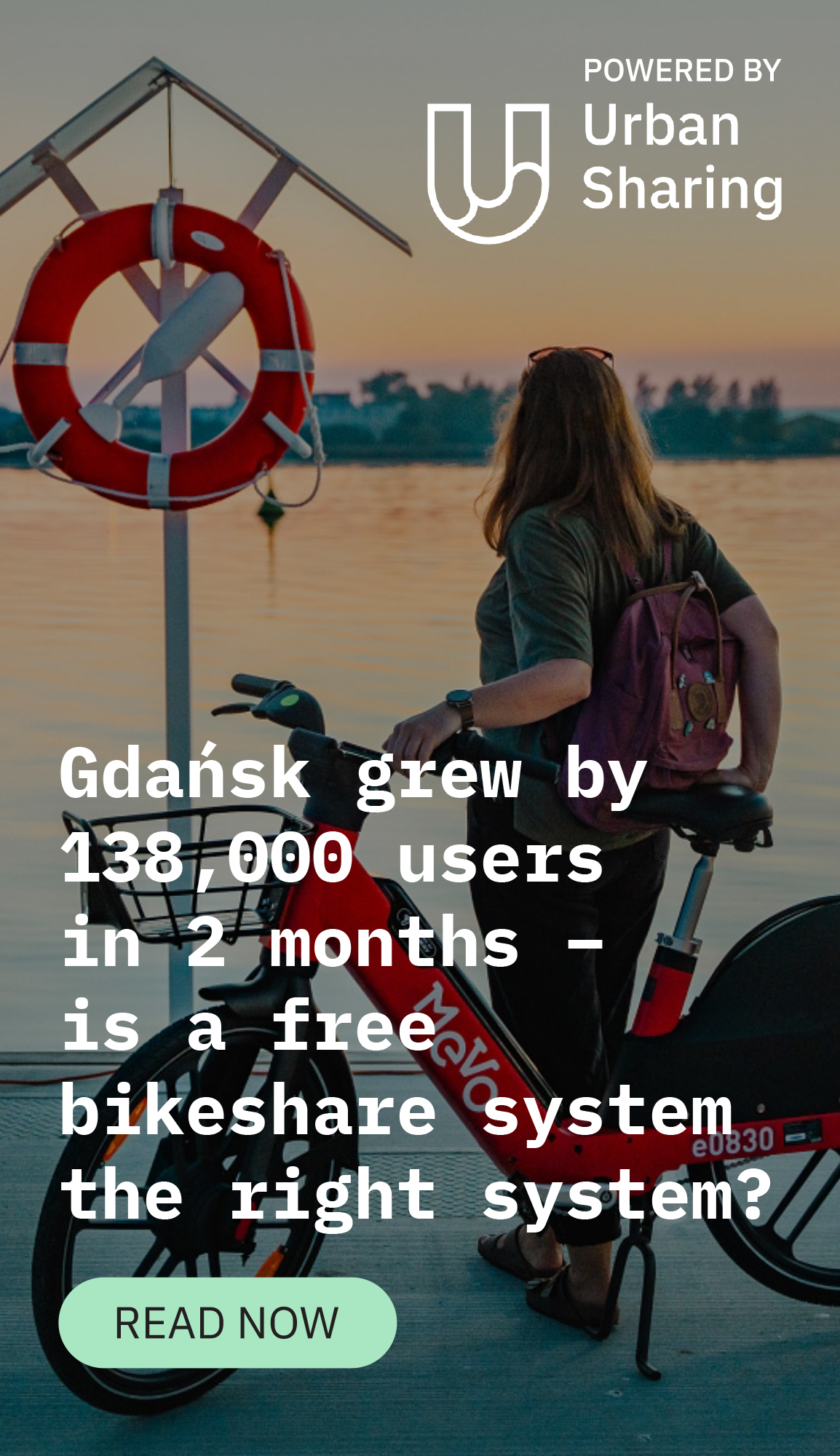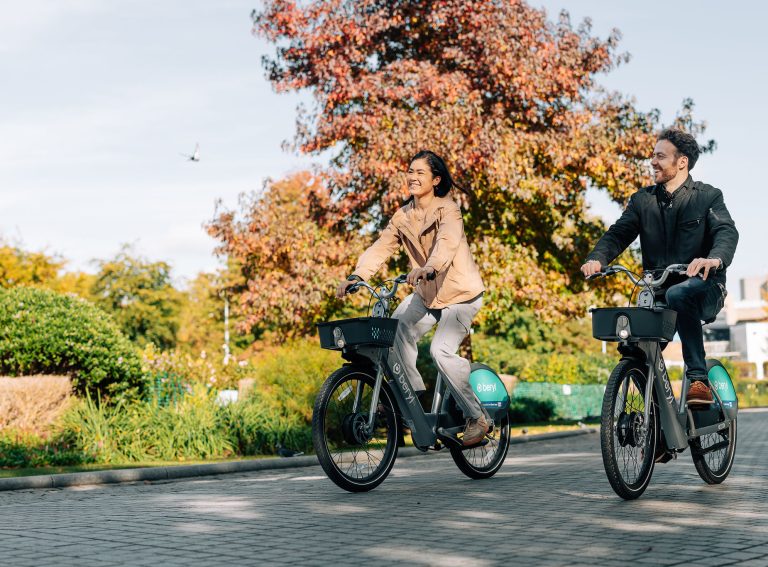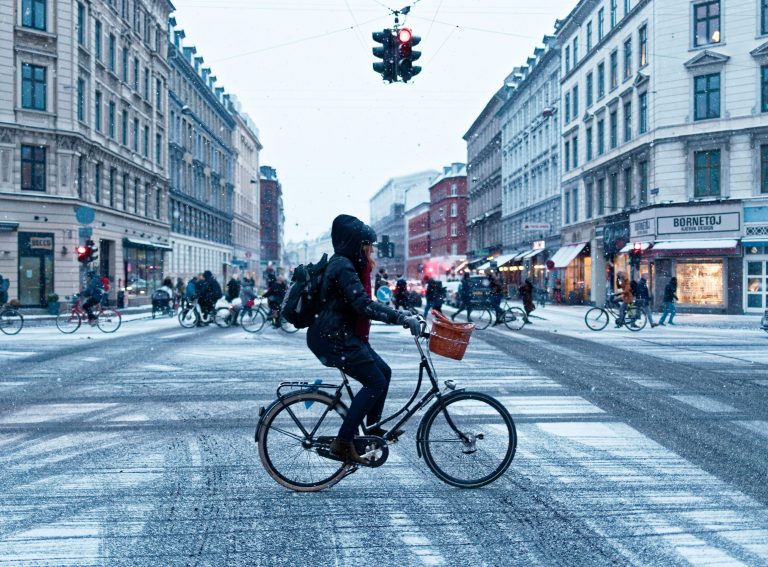Author: Kristian Brink, Chair of Cycling Industries Europe’s Expert Group on Bike Share & CEO of Urban Sharing
Ever since the time I was looking for funding for a mobility-tech start-up in Singapore back in 2018, I have had the belief that micromobility is the place to start. It’s hands down the fastest changing industry of the moment, despite it working on top of a 200-year-old vehicle – the bike.
As I turn six years at Urban Sharing, with 2.5 years spent as Chair of the Bike Share Expert Group, now feels like an opportune time to lay down where I see the bike sharing market heading in 2025.
1. A Landmark Moment: The European Declaration on Cycling
The signing of the European Declaration on Cycling in 2024 marked a transformative year for cycling in Europe. This ambitious EU-level policy initiative championed by Cycling Industries Europe (CIE), paves the way for cycling to be formally recognised as a viable mobility alternative alongside cars, trains, and buses. As Chair of the Bike Share Expert Group, Urban Sharing played a pivotal role in drafting position papers and conducting ROI studies to support this initiative.
This policy’s cascading impact promises not only substantial funding for cycling infrastructure but also the creation of over one million new jobs across the EU cycling industry by 2030. Perhaps most notably, the declaration underscores the broader societal benefits of cycling, including the pedestrianisation of city spaces. As research consistently shows, reclaiming car-dominated areas for bikes and pedestrians drives economic revitalisation for local businesses and enhances urban livability.
2. Sustainability Through Migration: A Second Life for Shared Bikes
In 2025, expect to see plenty more bike share migrations as tenders come to an end. But the key here is how to do this sustainably.
This was a big talking point at the North American Bikeshare and Scootershare Association (NABSA) Annual Conference in October last year. In North America, the cities tend to own the hardware so a lot of conversations were around migrating new software without having to replace the entire fleet.
At Urban Sharing, our mission is clear: to ensure that high-quality bikes do not go to waste when public contracts end or depreciation periods lapse. By refurbishing and redeploying existing bikes, we not only reduce landfill waste but also deliver cost-efficient, sustainable solutions that maintain excellent user experiences. This strategy has proven invaluable in tenders, where operators seek innovative ways to balance profitability with environmental stewardship.
3. Empowering Operators with Choice: A New Paradigm
This year I expect to see the rise of a new operational model in the micromobility industry where operators are no longer confined to pre-packaged solutions. Our collaboration with Pashley exemplifies this shift, allowing operators to select their preferred bikes, software, and stations independently. By decoupling these elements, Urban Sharing fosters greater competition and enables bespoke solutions tailored to the unique needs of cities. This evolution can not only diversify tender processes, bolstered by the European Cycling Declaration, but also empower operators to better serve their communities.
4. Urban Crew & Beyond: Supporting Cost-Efficient Operations
In September 2024, we unveiled Urban Crew v2.0 operations product designed to address both practical and strategic challenges in bike share management. Leveraging large language models (LLMs), Crew’s filtering and task-creator copilot streamlines workflows, enhances decision-making, and improves operational efficiency. This innovation reflects our commitment to empowering operators with tools that drive meaningful, scalable improvements in urban mobility. We expect the bike share market to introduce the tool over the next year, but our hope is that all of mobility can enjoy it, as we have built in features that could be used by all kinds of operators, including out-of-home advertisers and street furniture providers.
5. Our ambitions for 2025
At Urban Sharing we have been challenged to the forefront of innovation and I still think we have a way to go in the micromobility space. Pens and paper still dominate a market that produces so much data which, used wisely and anonymously, could bring the mobility of entire neighborhoods to unprecedented levels of transport connections. Doubling down on the operational efficiency products that we have created in 2024 will be our main goal this year; to bring a mobility option to every citizen’s door through excellence in micromobility operations.
But this is not the end goal. Micromobility is a step in the path for the mobility of the future. Micromobility today is building solutions for the hardest urban transportation problems: anarchical parking, hard-to-predict rentals, and vandalism-exposed vehicles. However, it’s also the field where the infrastructure of the future is being forged: electric charging, data-driven operations, and vertical integrations. Weaving the strands is Urban Sharing’s mission today, and by doing so, once completed, micromobility will also have become the leading ecosystem of the grand-mobility landscape for the future of digital city connections.

